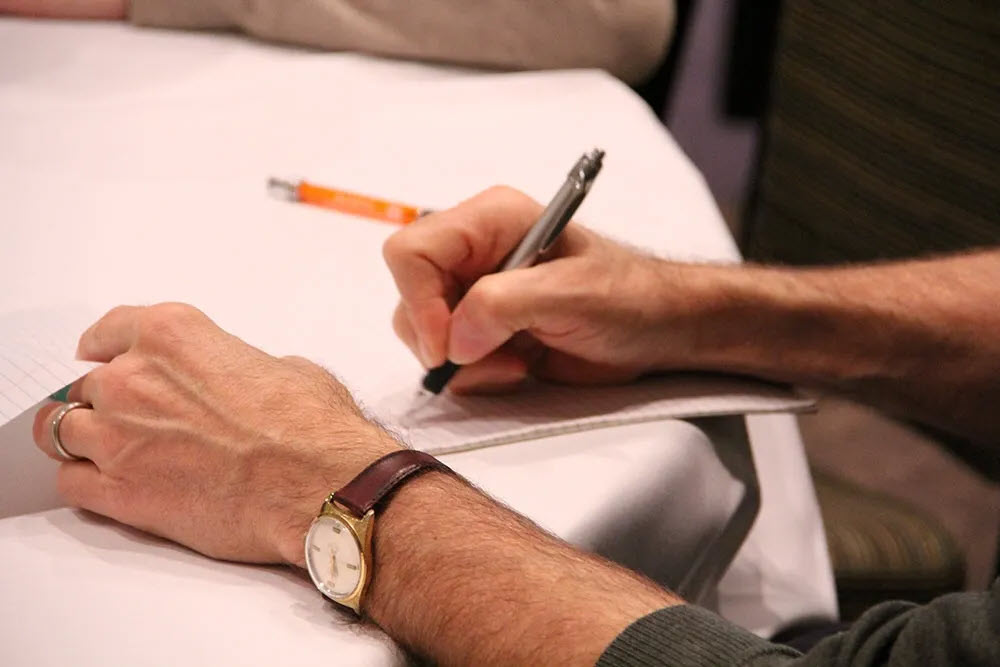Madison is a student teacher. Madison will talk to you about TPE 1 Elements and demonstrate teaching at a Level 1, 2, and 3 to demonstrate instructional growth.
Watch
In this video, Teaching to the TPEs: TPE 1, Madison will talk to you about TPE 1 Elements and demonstrate teaching at a Level 1, 2, and 3 to demonstrate instructional growth.
Differentiation
Though Madison is a student teacher, her scenario and experiences can be connected to both student and intern teachers. The video provides in-class examples of how to engage and support all students in learning. There are three ways to connect the subject matter to the real-life context that is illustrated in the video to promote critical thinking and creativity. Each level’s outcomes are highlighted so that you can go through this process with her and really reflect on the most supportive and engaging teaching moves.
Considerations
As educators, recording ourselves teaching and reflecting on our practice can really support our growth and progress. Have you ever recorded yourself teaching? What did you notice? What did you wonder?
Directions
As we watched Madison’s Video – we were to take notes and analyze each level: To discover what the TPE’s “look like” in action as well as how to use them to improve our instructional practices through reflection. In essence, we are creating a rubric that demonstrates the elements of each level.
Connection to Real-Life Context
Minimal: Madison explains that they will talk about measuring objects in the next lesson. The lesson involves a worksheet and not physical items.
Increased: Madison explains that students are going to measure different things in the room, connecting the lesson to real-life measurements of objects rather than those on a worksheet.
Purposeful: Madison provides a purposeful connection to real-life context by presenting a problem that the students can solve by using what they have learned about measurement so far.
Developmentally Appropriate Instructional Strategies
Minimal: Madison explains that she will pass out a worksheet, complete the first problem together, and then the students will complete the rest on their own. Giving the students one example without any form of back-and-forth interaction and leaving the students to complete the rest of the problems on their own is only minimally providing instruction.
Increased: Madison provided some connection to student interest by recalling the students’ interest in the prior lesson. Madison also models measuring her hand and then asks the students how long their hands are.
Purposeful: Madison uses advanced developmentally appropriate instructional strategies by asking students to stop and think about the solution to the problem and then share it with a partner, providing them with think-pair-share opportunities.
Opportunities to Use Critical Thinking Skills
Minimal: Madison uses rote recall by asking the children if they know how to measure things with a ruler. The children recall prior learning and are asked to use this recall and apply it to the worksheet problems. The children are also asked to view one example and apply that knowledge to other problems on the worksheet without any further opportunities to think and interact.
Increased: Madison uses higher-order thinking questions to get students to think about why they might need to measure things.
Purposeful: Madison uses higher-order thinking and problem-solving strategies by asking the students how they can determine what can fit through the door and how to best distribute the work. Madison also provides uses of academic language to get the students thinking about how to solve the given problem.
Assignment Grade: 18/18



